
Biomedical textiles: Novel fabrics supporting enhanced patient care in Asia-Pacific
By Akshata TiwarkhedeTextiles and fibres play an essential role in the medical and healthcare sectors; thus, textiles have witnessed rapid advancements in recent years.
Biomedical textiles are technical textiles that are engineered using natural or synthetic fibers for medical applications like hygiene, care, and prevention. These fibrous structures are majorly used in filters, implants, and surgical dressings.
These textiles are gaining high traction in Asia-Pacific due to the rise in geriatric population, expansion of healthcare infrastructure, and increase in medical tourism. The major reasons for increasing adoption of biomedical textiles in the healthcare sector are the challenges related to transplant like psychological and physiological difficulties, rejection, immunosuppressants, and donor organ shortage.
Thus, medical professionals are making use of artificial substitutes like biotextiles called prosthesis to replace body parts to overcome these concerns.
Increase in prevalence of amputations due to road accidents has fostered advancements in biomedical textiles to improve the functions of prosthetics.
For instance, scientists in Singapore recently developed a 3D-printed active fabric known as RoboFabric for medical use. It is a flexible, wearable fabric that can be quickly turned into medical devices or soft robotic parts, such as rehab tools, joint supports, or limbs for drones.
Evaluating why biomedical textiles are gaining traction in Asia-Pacific
According to an Allied Market Research study, the biomedical textiles market is estimated to reach $30.3b by 2032 from $16.6b in 2022, exhibiting a compound annual growth rate of 6.2% from 2023 to 2032.
The study further states that Asia-Pacific is expected to dominate the biomedical textiles industry. This is attributed to an increase in the ageing population in the region, which, in turn, propels the demand for biomedical textiles in orthopedic implants, assistive devices, and geriatric care products. This demonstrates that the predictions in the study align with the current industry trends.
A study published by the Asian Development Bank also stated that the ageing population above 60 in Asia is projected to triple between 2010 and 2050, reaching approximately 1.3 billion individuals. Furthermore, Asia serves as the global hub for medical tourism as the costs of medical procedures in the region are 50% to 80% lower than western countries. Thus, Asia-Pacific is expected to serve as a potential market for biomedical textiles in the coming years.
According to the United Nations, the healthcare industry is responsible for generating approximately 4.7 billion tons of waste annually, resulting in 4% of global carbon emissions. Around one-third of these emissions are produced from Scope 3 sources, which implies that these emissions are not produced from hospitals or clinics themselves but are generated from the production and transportation of medical supplies, textiles, pharmaceuticals, and other goods and services the health sector uses.
To overcome these challenges, the healthcare sector is adopting biomedical textiles, as they are designed with an aim to be sterilised and reused, for example, surgical gowns, drapes, and implantable fabrics reduce single-use plastic waste.
Moreover, some advanced biomedical textiles are made from biodegradable or compostable fibres, which reduce long-term environmental impact when disposed of. For example, apart from silk, cotton, and regenerated cellulose like lyocell and viscose, medical textiles are fabricated using natural fibres like biodegradable polymer fibres made from collagen, alginate, and chitin.
Furthermore, smart textiles that are integrated with sensor technologies as well as wound healing and antimicrobial properties minimise the need for additional treatments, which, in turn, reduces overall consumption and wastage of medical products.
Exploring recent advances in biomedical textiles
Textiles and fibres play an essential role in the medical and healthcare sectors; thus, textiles have witnessed rapid advancements in recent years. For instance, silicon fibres are currently used in the production of textiles that are integrated in biodegradable implantable devices, making them safe to be placed inside the body.
On the other hand, nonwoven textiles are required in the manufacturing of implants for use in tissue engineering. Nonwoven textiles are gaining high traction in medical applications due to their cost-effectiveness and suitability for disposable products like surgical gowns, drapes, and wound dressings.
As a result, production facilities of nonwoven fabrics are expanding at a notable pace in Asian countries, including Taiwan, China, India, South Korea, Indonesia, and Japan. A recent study by the Ministry of Economy, Trade and Industry of Japan and the All Nippon Nonwovens Association stated that the production of nonwoven fabrics in Asia reached 6,935 thousand tons in 2020, exhibiting an increase of about 18% as compared to 2019.
In addition, fibres are increasingly being used to strengthen medical balloons, which help surgeons to treat conditions like spinal injuries and collapsed arteries by providing precise support during procedures. Furthermore, devices made from textile fibers can be implanted in the body to deliver therapeutic drugs in a controlled way, ensuring that the medicine is released at the right pace and over a specific period, improving treatment outcomes and reducing side effects.
Thus, all these advancements in biomedical textiles are expected to open lucrative opportunities for the expansion of the market in Asia-Pacific in the coming future.

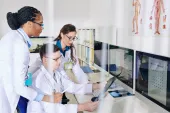

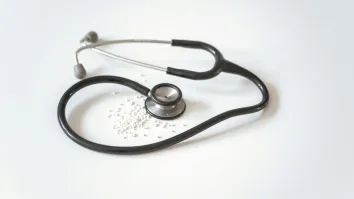

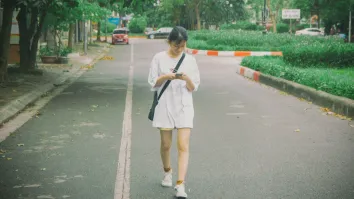


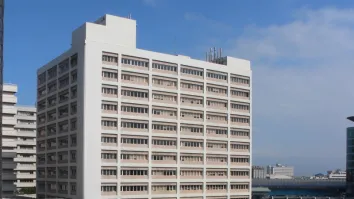

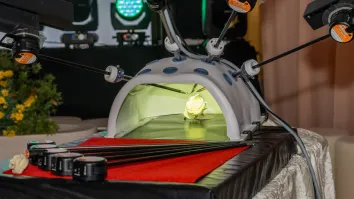

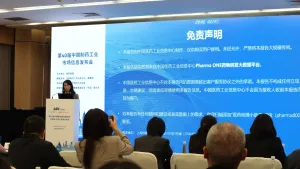
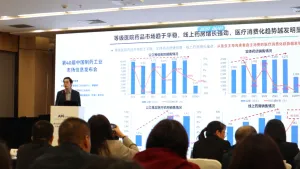
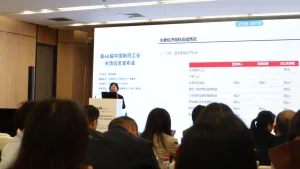





 Advertise
Advertise





